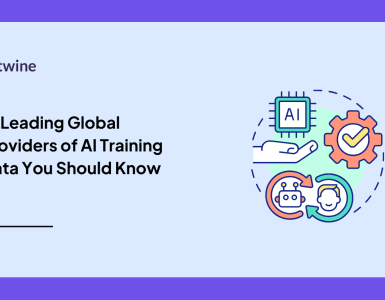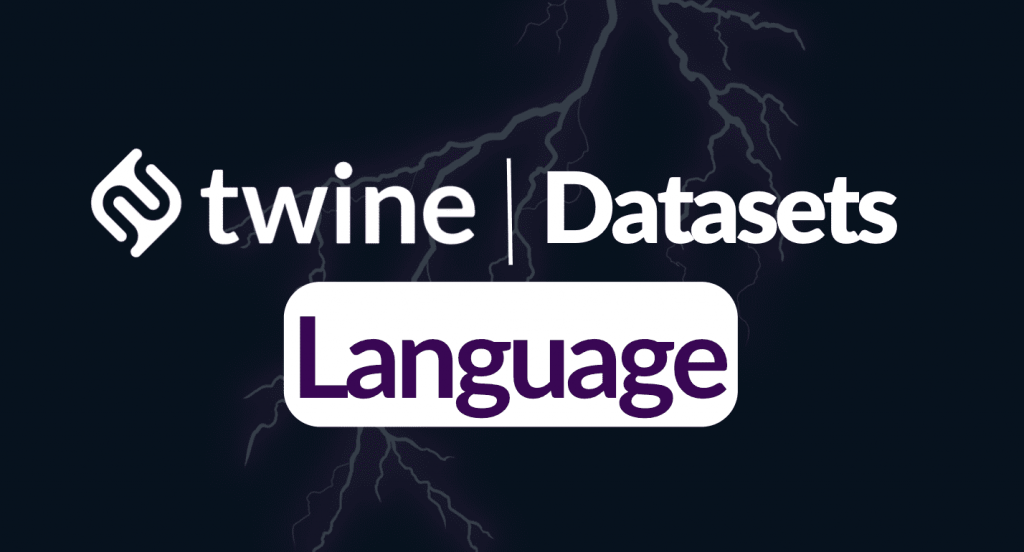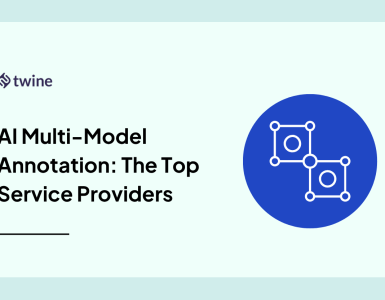As AI professionals, we know that the quality of our datasets is crucial for the success of our machine-learning projects. But before we can use a dataset to train a model, we need to prepare and preprocess it. In this blog, we’ll share five expert tips to help you get your datasets ready for training. From cleaning and normalizing data to selecting the right features, these tips will help you improve the performance of your models. So let’s get started!

The Importance of Data Preparation and Preprocessing
Before we dive into the specific tips, let’s take a moment to understand why data preparation and preprocessing is so important. Essentially, these steps help to improve the quality and relevance of the data, and ultimately lead to better model performance. For example, by cleaning and normalizing the data, we can reduce the risk of errors or biases that could impact the model’s accuracy. By selecting relevant features, we can focus the model’s attention on the most important aspects of the data, which can improve its ability to generalize to new situations.
Common Data Preparation and Preprocessing Tasks
What are the most common tasks we need to do to prepare and preprocess our datasets? Here are a few examples:
- Cleaning and normalizing data: This means fixing errors or inconsistencies and making sure everything is in a consistent format. We might need to remove missing or corrupted data or convert all the data to a common scale or unit of measurement.
- Selecting relevant features: Often, the data we have includes a lot of features that could be used to train a model. But not all of them will be equally important or relevant. By picking the most relevant features, we can improve the model’s performance and reduce the risk of overfitting.
- Handling missing or corrupted data: Sometimes, the data we have may be incomplete or contain errors that need to be fixed. We can use techniques like imputation or interpolation to fill in the gaps or repair the errors.
- Encoding categorical data: If our data includes categorical variables, like names or labels, we may need to convert them into numerical form so the model can understand them. One way to do this is by using techniques like one-hot encoding or label encoding.
Best Practices for Data Preparation and Preprocessing
Now that we’ve covered some of the common tasks involved in preparing and preprocessing datasets, let’s look at some best practices to keep in mind. These tips, based on our experience and expertise, will help you get the most out of your datasets:
- Choose the right tools and techniques: There are many different tools and techniques available for data preparation and preprocessing, so it’s important to choose the ones that are most appropriate for your specific needs. Consider factors like the type and complexity of your data, the goals of your project, and your own skills and resources.
- Test your preprocessing steps: Before using a preprocessed dataset to train a model, it’s a good idea to test the preprocessing steps to make sure they are working as intended. You can do this by comparing the original and preprocessed datasets, or by training a simple model on the preprocessed data and evaluating its performance.
- Optimize for performance and efficiency: When preparing and preprocessing your datasets, try to optimize for performance and efficiency. This might mean using techniques that are faster or more memory-efficient, or using tools that can automate certain tasks.
- Document your preprocessing steps: As you work through the data preparation and preprocessing process, be sure to document your steps carefully. This will make it easier to reproduce your results and share your work with others.
- Consider data augmentation: In some cases, you may want to consider using data augmentation techniques to expand your dataset and improve the model’s generalization ability. Data augmentation involves generating new data based on the existing data, for example by adding noise or applying transformations. This can be particularly useful for tasks like image classification, where the number of available training examples may be limited.
Case Studies and Success Stories
To illustrate the practical applications and benefits of following the tips and guidelines we’ve discussed so far, let’s look at a couple of case studies and success stories.
Case study 1: A team of researchers used a large and diverse dataset to train a machine learning model to accurately predict the likelihood of a patient developing a particular disease. The model achieved impressive results, outperforming traditional methods by a significant margin. The researchers attributed this success, in part, to the careful data preparation and preprocessing they performed before training the model.
Case study 2: A company used a dataset with expert-curated annotations to train a machine learning model to classify and categorize products. The model was able to accurately and efficiently categorize over a million products, saving the company significant time and resources. This success was due, in part, to the use of a high-quality and relevant dataset, as well as the careful preprocessing and annotation performed by the experts.
These examples show the importance of paying attention to data preparation and preprocessing when training machine learning models. By following the tips and guidelines outlined in this blog, you can increase the chances of success and achieve better results with your AI projects.
Additional Resources
If you’re looking for more information and guidance on preparing and preprocessing datasets for AI training, here are a few additional resources to check out:
- Online tutorials and guides: There are many online tutorials and guides available that cover different aspects of data preparation and preprocessing. These can be a great way to learn more about the tools and techniques available, and how to use them effectively.
- Code examples and repositories: There are many code examples and repositories available that demonstrate how to perform different data preparation and preprocessing tasks in various programming languages. These can be a great way to learn by example, and to see how the techniques work in practice.
- Tools for data visualization and analysis: There are many tools available that can help you visualize and analyze your data, which can be useful for identifying patterns, trends, and issues that need to be addressed during the preparation and preprocessing process. Some popular options include Python libraries like Pandas and Matplotlib, or online tools like Tableau or Google Charts.
We hope these resources will be helpful as you work on preparing and preprocessing datasets for your AI projects. If you have any questions or need additional guidance, feel free to reach out to us – we’re always happy to help!



